Betelgeuse Is Disappearing From The Sky, Here’s How To Watch It Vanish
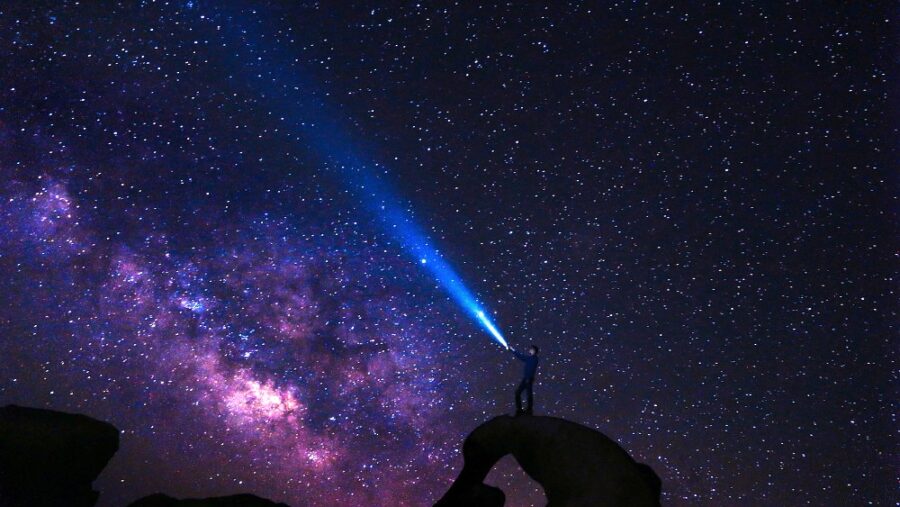
Betelgeuse is about to vanish, and, no, we aren’t talking about the Michael Keaton character, even though it’s pronounced the same. Nope, we’re talking about one of the most visible stars in the night sky and, unlike Keaton’s demon, this star won’t reappear if you say its name three times in a row. But don’t worry, it won’t be gone forever—According to Science Alert, this red supergiant will disappear for about five seconds during an eclipse, and you can watch it happen.
The Betelgeuse Eclipse
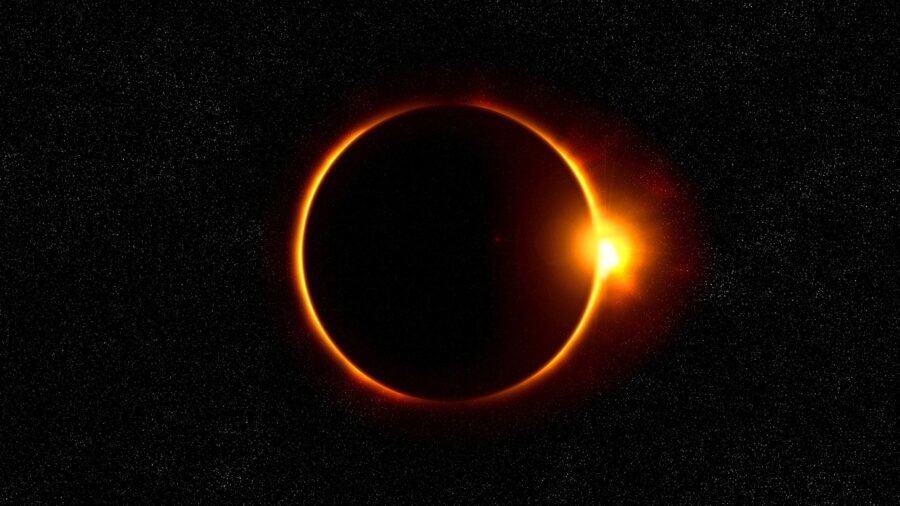
Betelgeuse is a star nestled in the Orion constellation and it’s set to embark on a rare celestial event on December 12. Astronomers predict that an asteroid named 319 Leona will momentarily eclipse this red giant, offering a unique opportunity for scientists to glean essential insights into the star’s intricate dynamics.The anticipation surrounding Betelgeuse began in 2019 when the prominent star unexpectedly dimmed. At first, scientists thought the star was going to explode and disappear from our sky’s view forever. Now, researchers are gearing up for a momentary disappearance, as the passing asteroid 319 Leona is poised to block Betelgeuse’s view from Earth for up to five seconds, akin to a solar eclipse caused by the moon.
A Once-In-A-Lifetime Opportunity
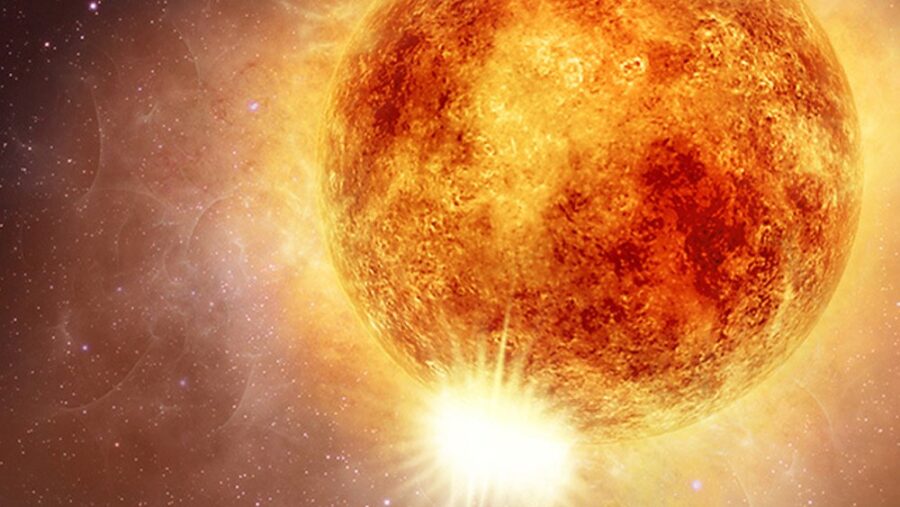
Astronomer Miguel Montargès of the Paris Observatory described this event as a “once-in-a-lifetime opportunity.” Unlike typical asteroid transits that entirely obscure a star’s light, 319 Leona’s size will create a unique “ring of fire” eclipse. This phenomenon allows some of Betelgeuse’s dimmer features to remain visible, presenting an extraordinary chance for astronomers to study the star’s convective cells—the movement of hot, charged gas within the dying star.
The Importance Of Documenting The Rare Eclipse
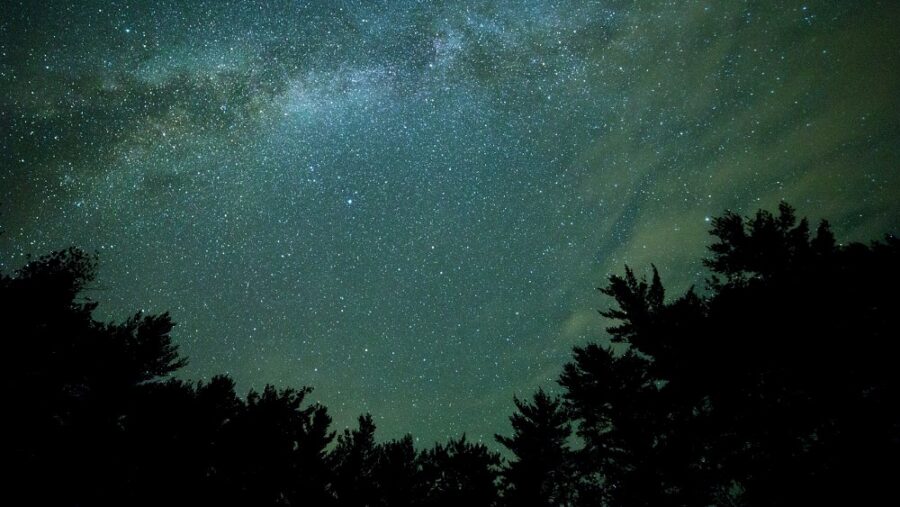
The moment Betelgeuse is hidden from view is crucial for unraveling the mysteries of red supergiants and their role in the formation of planetary systems. Montargès emphasized that understanding the physics behind these massive stars and their stellar winds provides invaluable insights into the birth of planetary systems akin to our own.
But it’s not just the professionals who can watch this extraordinary event. A team of approximately 80 amateur astronomers across Europe is collaborating to observe and document the event as well. This will help the professionals in their study as the amateurs’ coordinated efforts aim to capture images of Betelgeuse’s surface, providing data on convection characteristics and its contribution to the star’s wind.
How To Best View The Eclipse
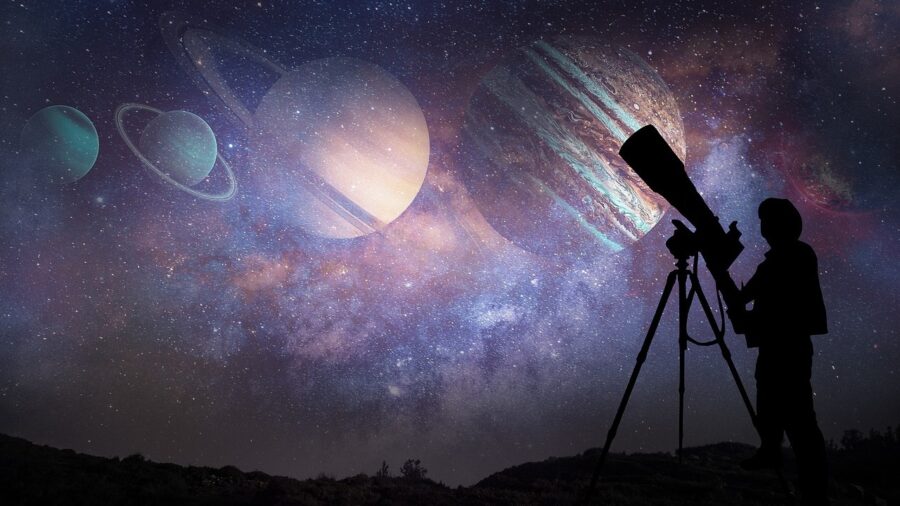
While the ring of fire may not be visible to the naked eye, participants can contribute to scientific discovery by recording Betelgeuse’s dimming through their telescopes. Adding a red, green, or blue filter to the observatory and utilizing a camera with no more than 50 milliseconds of exposure time enhances the scientific usefulness of the recordings.You can also watch the rare Betelgeuse eclipse if you’re lucky. To witness this cosmic spectacle, observers must be within a narrow path approximately 60 kilometers wide, stretching from southern Europe to Turkey, Greece, southern Italy, southern Spain, Portugal, and crossing the Atlantic to the southern tip of Florida. The International Occultation Timing Association (IOTA) website provides information on optimal viewing locations.
The Betelgeuse Eclipse Live Stream
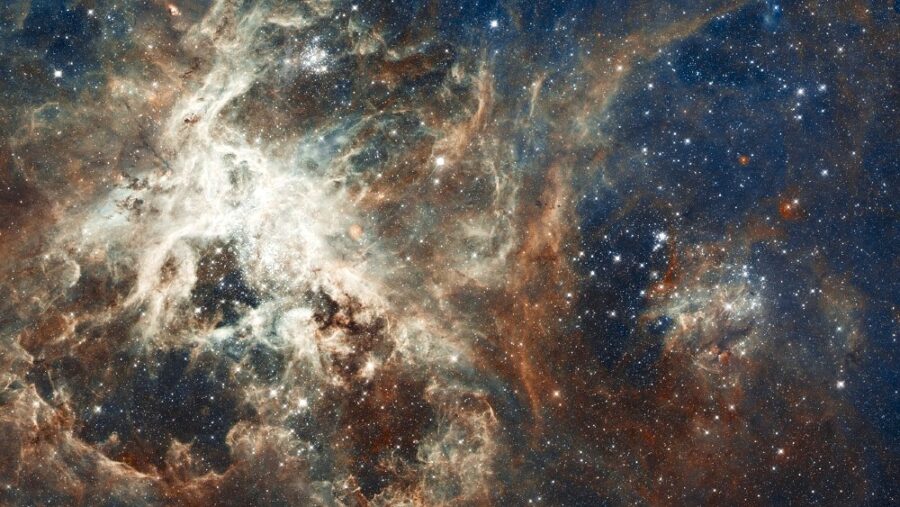
For those unable to be in the designated areas, the Virtual Telescope Project offers an alternative. They will live-stream the Betelgeuse eclipse online from 8 p.m. ET on December 11, allowing enthusiasts worldwide to partake in this astronomical event.












